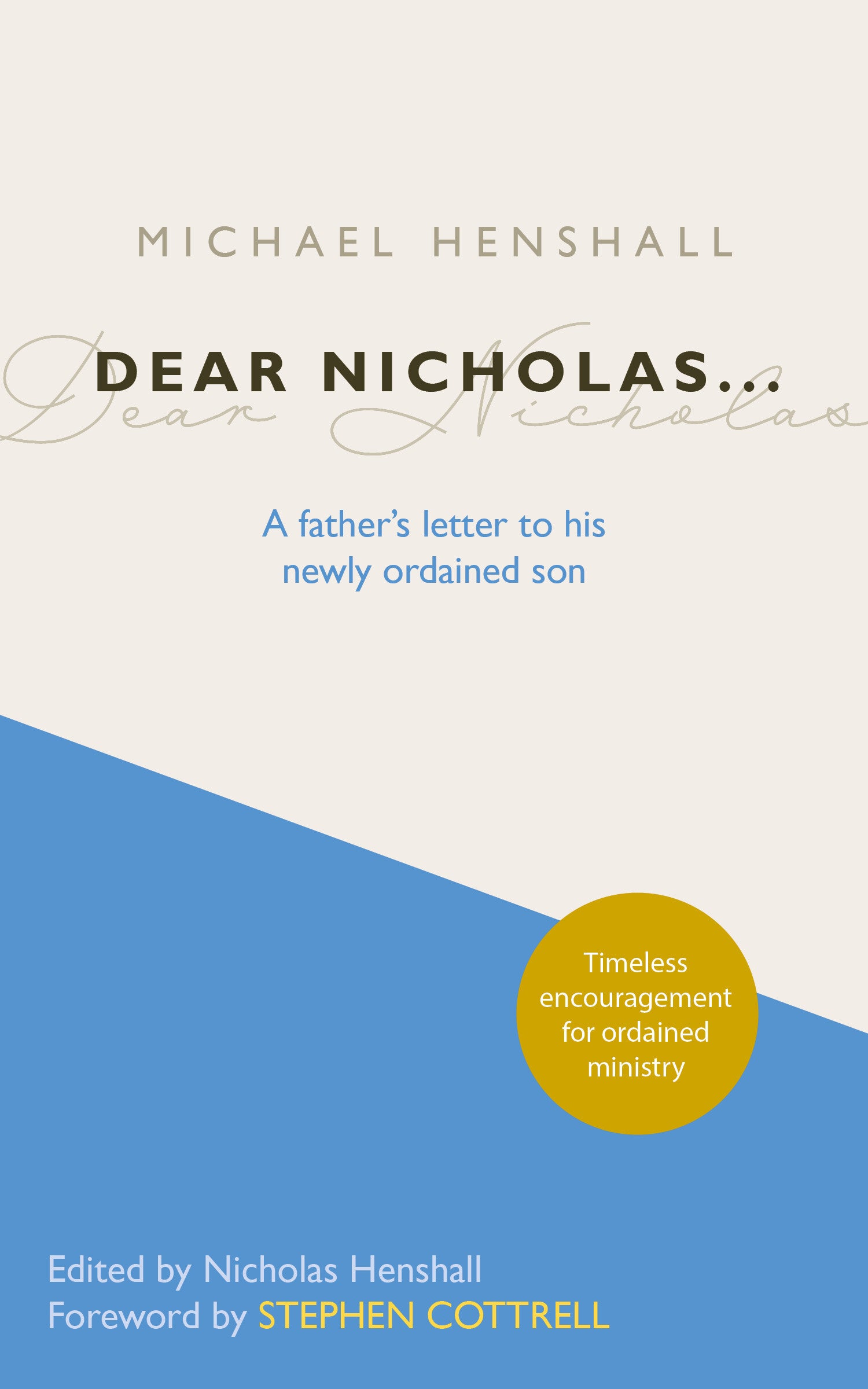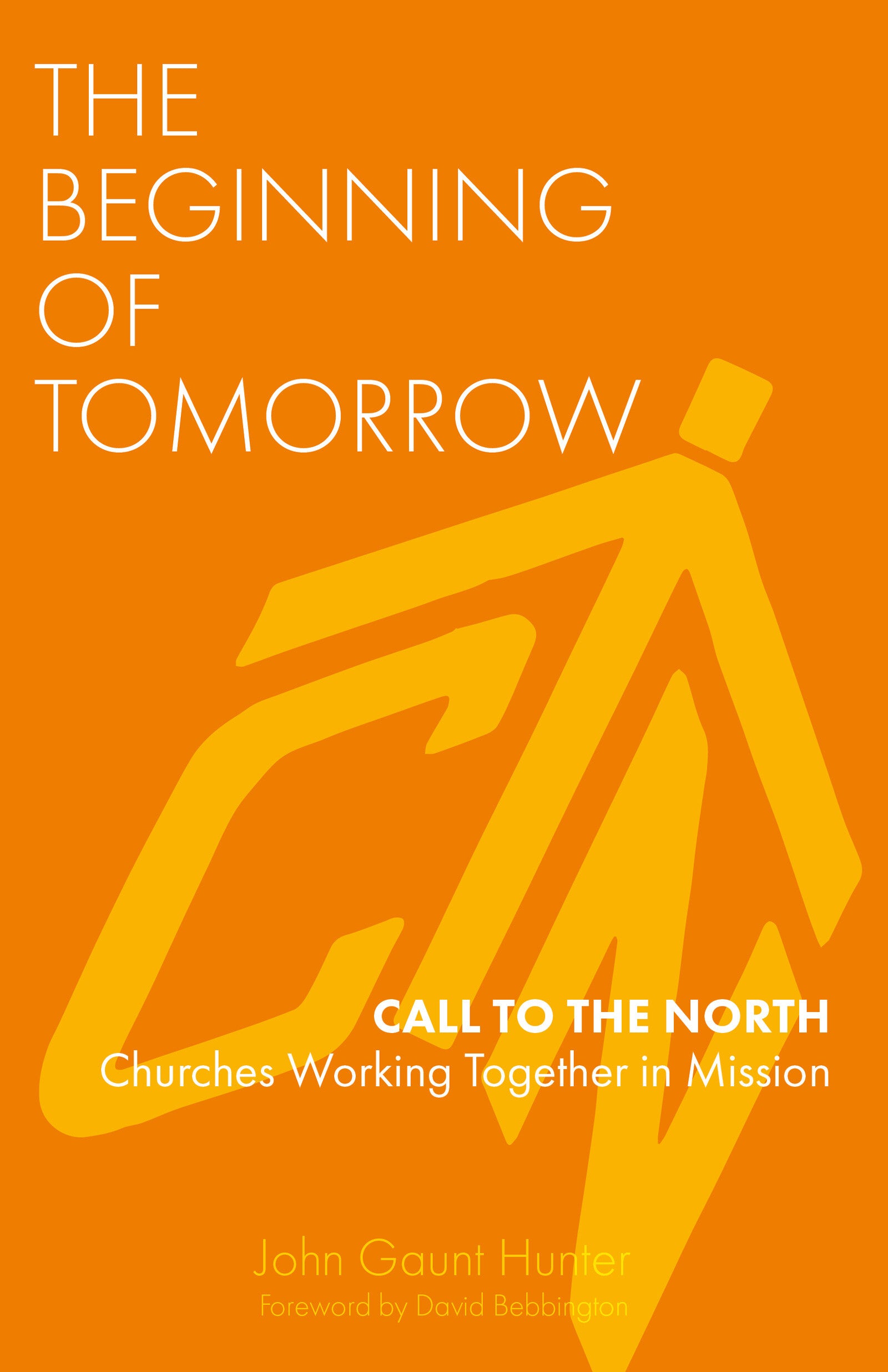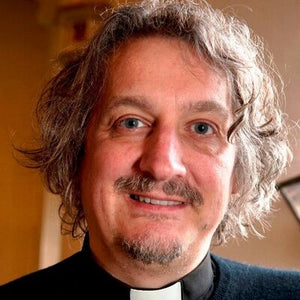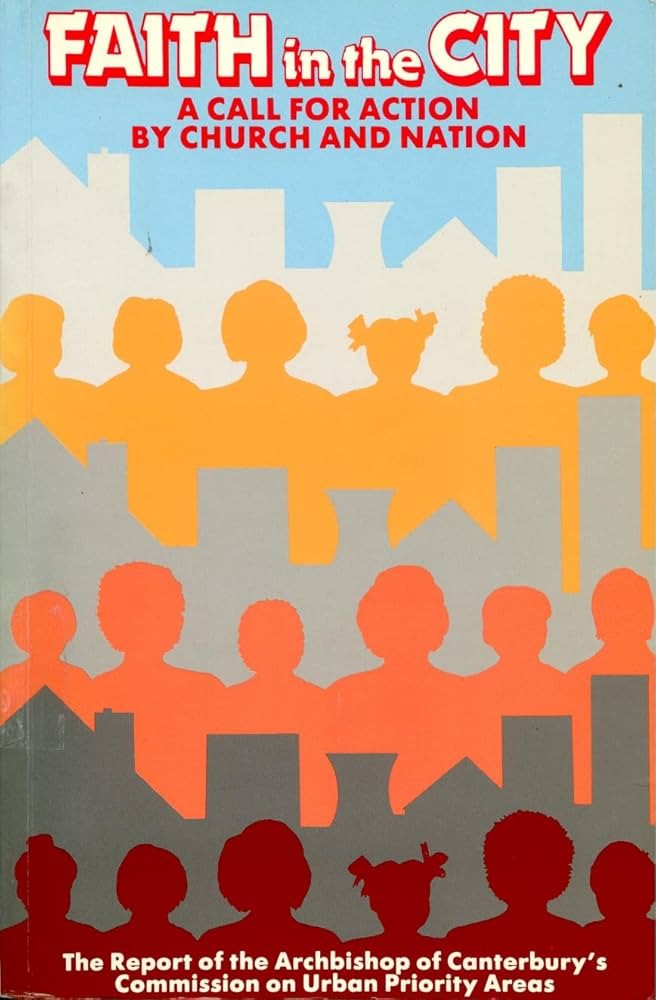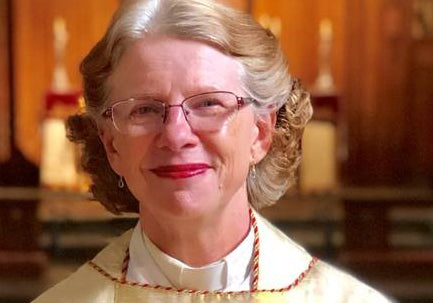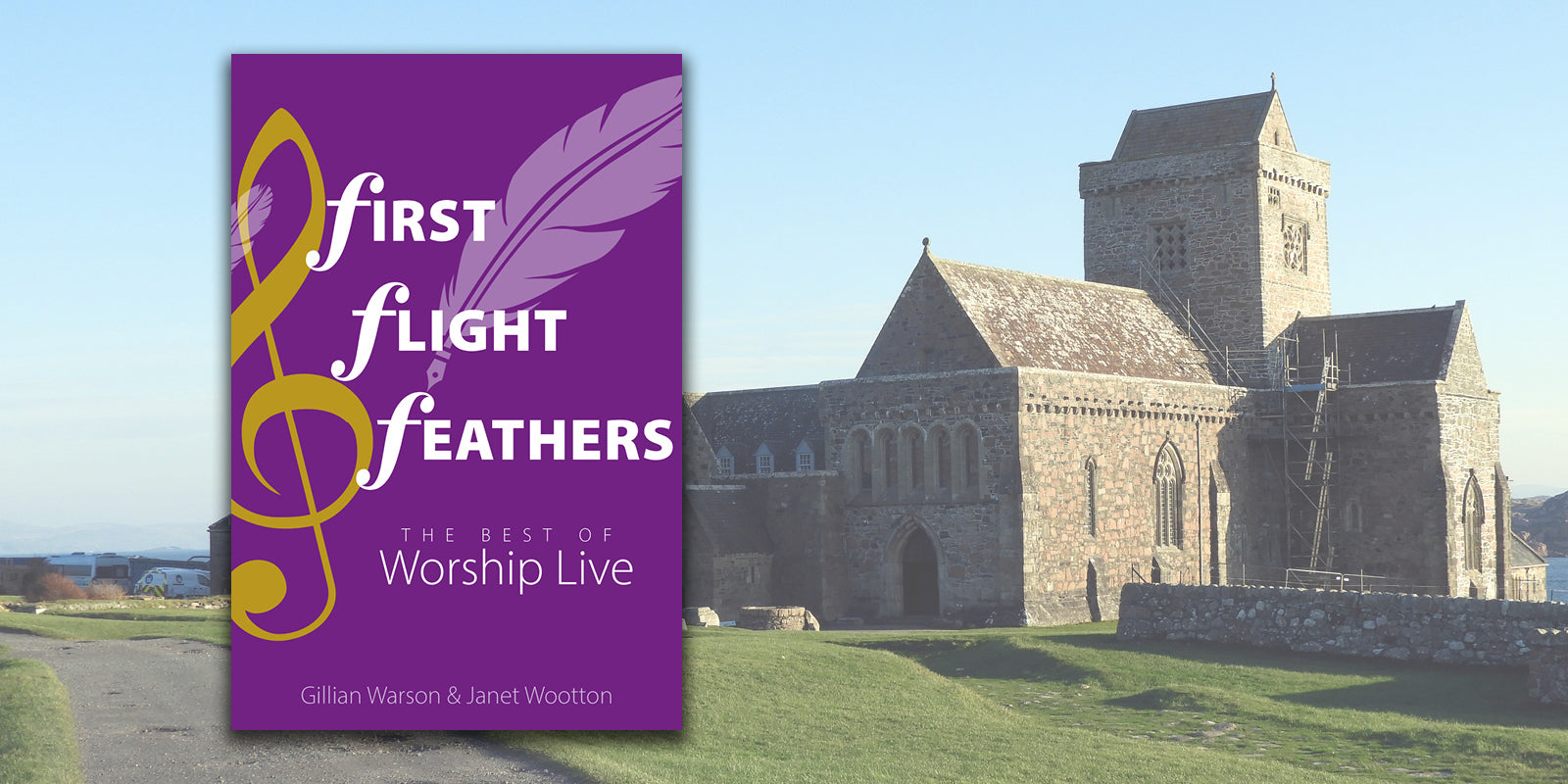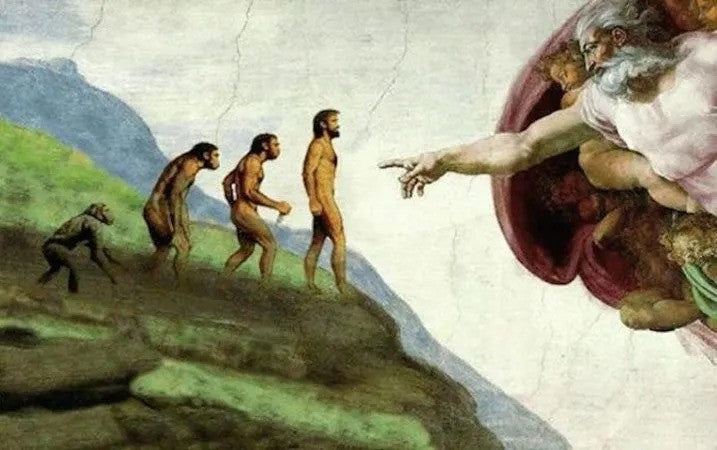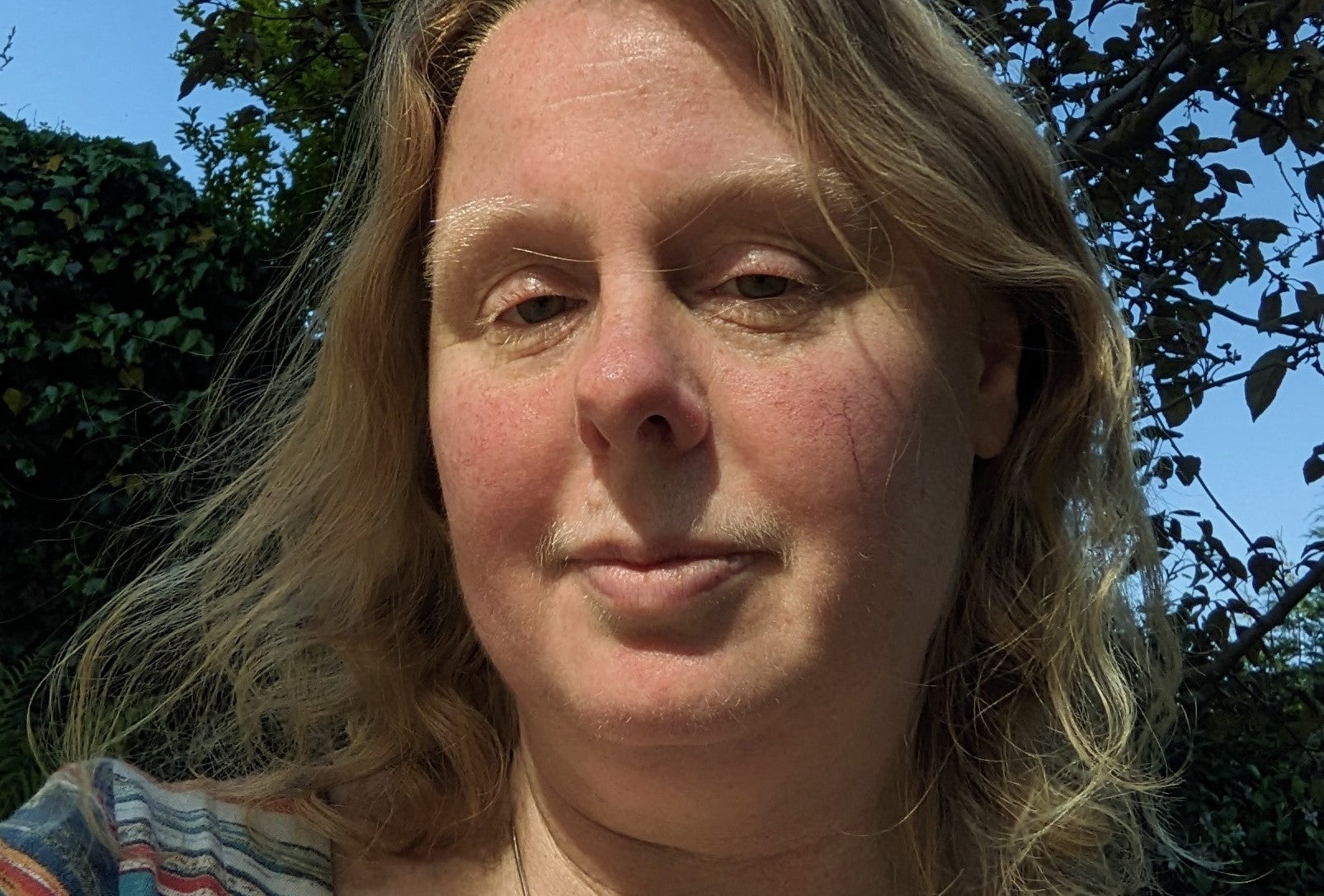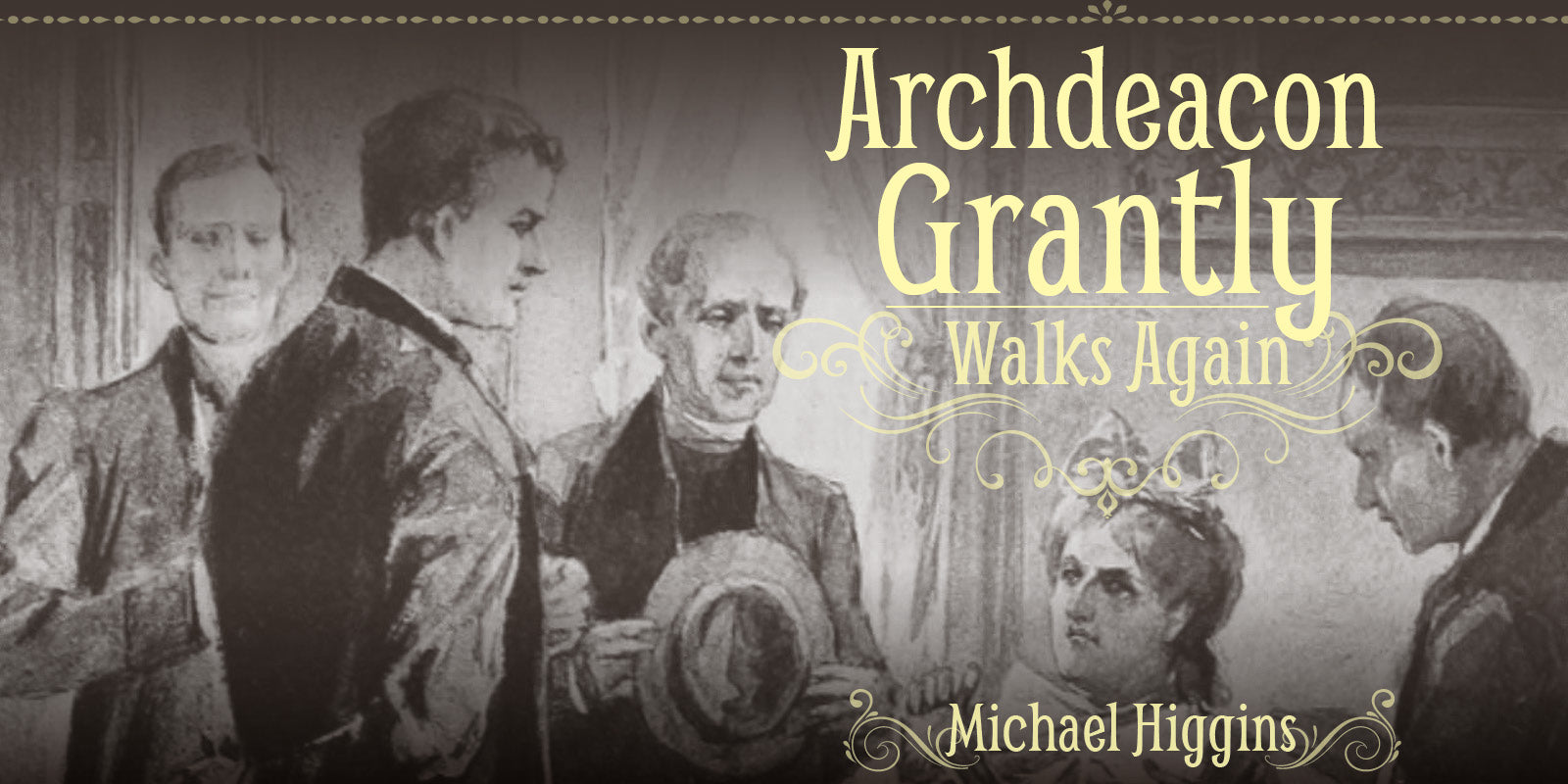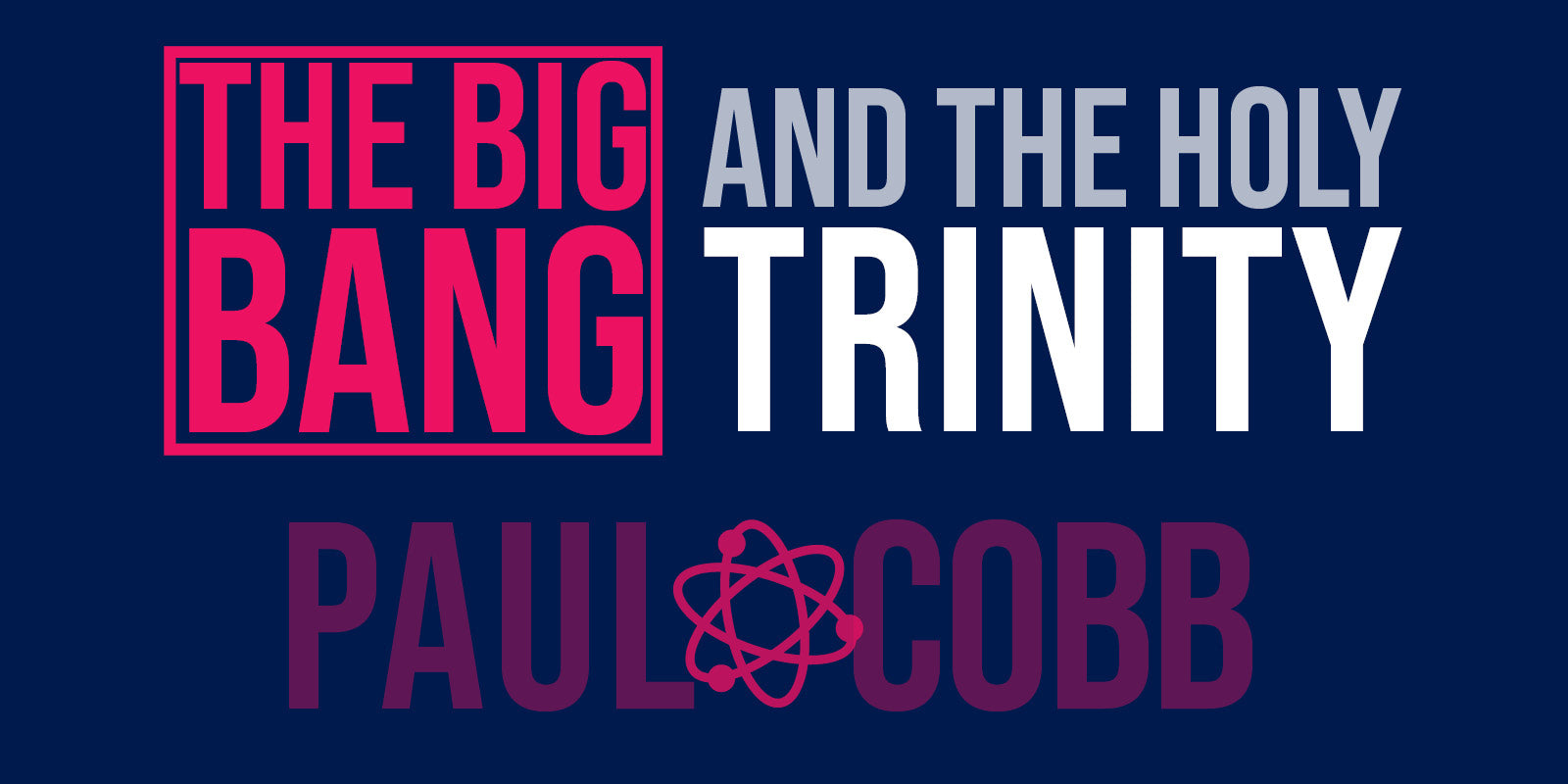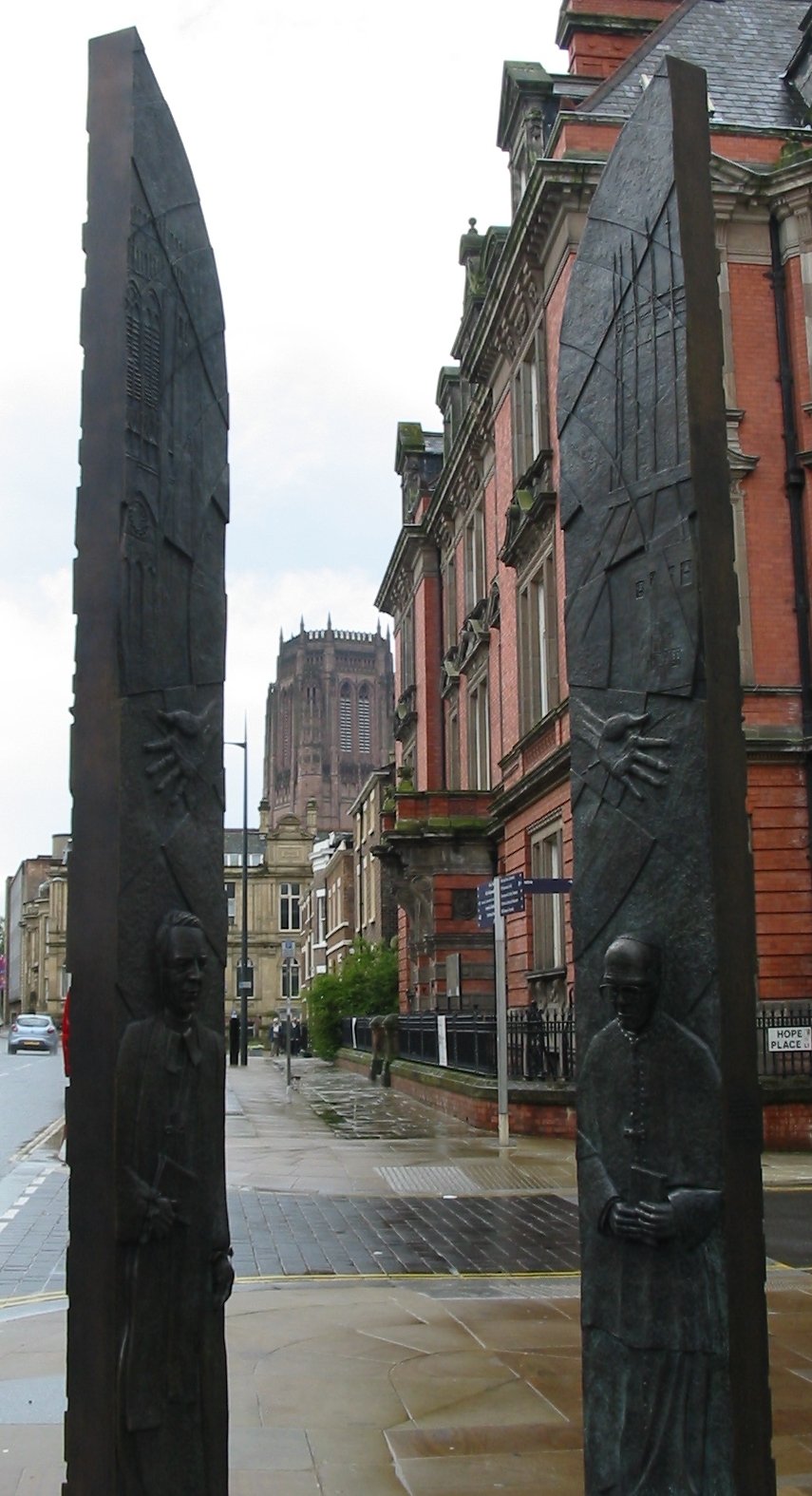
GUEST BLOG: In this Week of Prayer for Christian Unity, Nicholas Henshall (Dean of Chelmsford) gives a fascinating and uplifting account of the excellent work done to bring denominations together in Liverpool during his father’s time as Bishop of Warrington.
A big theme in my dad’s ministry—and one that recurs in Dear Nicholas…—was the experience of working alongside Christians of different traditions and denominational backgrounds in the service of the common good. Liverpool was (and indeed still is) a city where religious identity is important. It is difficult to imagine in most parts of Britain—except maybe in Northern Ireland and in Glasgow—but people on Merseyside are still widely defined by their religious identity, regardless of whether or not they practise their faith. The comic Dara Ó Briain’s joke about his experience—that if in Ireland you say you are an atheist, people will ask “But are you a Catholic or Protestant atheist?”—still has currency in Liverpool.
When we first moved there in 1976 people still had live memories of appalling behaviour between Protestant and Catholic communities, and a level of mutual intolerance as well as mutual indifference was simply part of the scenery. When a young journalist on the Catholic Pictorial presented the editor with an article she had written after a fantastic visit to Taizé, the great ecumenical community in France where people of many different Christian traditions live in community together, the editor turned it down simply on the grounds that Taizé was not a Roman Catholic foundation. Clearly he was unaware that Popes had visited regularly since the 1960s!
It is difficult to recognise from where I sit now that there were huge issues of mutual distrust simply because people had become tribal about their particular brand of faith. For us as a family, the move to Liverpool had a particularly interesting aspect in that we found ourselves living in Crosby, at that point the place with the largest proportion of practising Roman Catholics in the country (and also the place where Anthony Kenny, the famous philosopher, lost his faith as a young Roman Catholic priest).
What was achieved in Liverpool over some 30 years can seem undramatic, but against the backdrop of a dark history of mutual suspicion and even hatred, it speaks volumes that today in the middle of Hope Street, equidistant from the Roman Catholic Cathedral and the Anglican Cathedral, is a life-size statue of David Sheppard, the Anglican Bishop of Liverpool, and Derek Worlock, the Roman Catholic Archbishop of Liverpool, walking together.
Ecumenism is a misused word. We use it to refer to Christians of different traditions working and praying and talking together seeking to heal their divides. But it doesn’t actually mean that at all. ‘Ecumenical’ is a Greek word that means “to do with the whole inhabited earth”. And I’d suggest that was what was exciting about the “Liverpool miracle”. It wasn’t simply about Roman Catholics and Methodists and Anglicans and Baptists having nice conversations and praying together. It was Christians genuinely seeking a new future together that would have a real impact on the city and how people lived together in community. Praying together, yes—even in my experience celebrating the Eucharist together, even though that was forbidden—but also building joint schools together, joint universities, addressing issues of poverty and exclusion: genuinely cooperating wherever possible. A bigger vision of the church together at the service of the networks of the community. Pope John Paul II’s visit, starting at the Anglican Cathedral, was a symbolic working out of the Liverpool conviction that it was “better together”.
Now we are in a different place, but one that builds on those brave experiments. Indeed I’d suggest that something has changed deep in our culture. Most people simply don’t have a sense of belonging to a denomination or tradition in the way they once did. Cathedrals are a classic example. Here at Chelmsford Cathedral on a typical Sunday a large proportion of the congregation wouldn’t feel particularly at home owning any denominational label. They would simply say that they are Christians who worship here. And among those who would own a denominational identity many of them are definitely not Anglicans. They are Elim and Methodist and Roman Catholic and Georgian Orthodox. A well-known Baptist minister worships here and we have just made him an authorised local preacher. Cathedrals have naturally become post-denominational. I’d suggest that’s one of their attractions for so many people for whom local church (whatever their tradition) feels like a closed door. The (Roman Catholic) Dean of Brentwood and I meet over lunch as friends.
Dear Nicholas… was originally a private letter from Bishop Michael Henshall to his newly ordained son, Nicholas. Later published for a wider audience it provided encouragement and challenge to many approaching ordination. It is once again available to all who are about to be ordained, and indeed all who wish to pause and consider their life as a priest in the Church today. This new edition features an epilogue by the original recipient of the letter, Nicholas Henshall, who is now Dean of Chelmsford. Get your copy today.
Michael Henshall was also an enthusiastic advocate of Call to the North, a momentous effort in the 1970s to join forces in proclaiming the gospel in a society shaped by increasing decline in church attendance and major social challenges. Interested? Check out John Gaunt Hunter’s fascinating account in The Beginning of Tomorrow.

